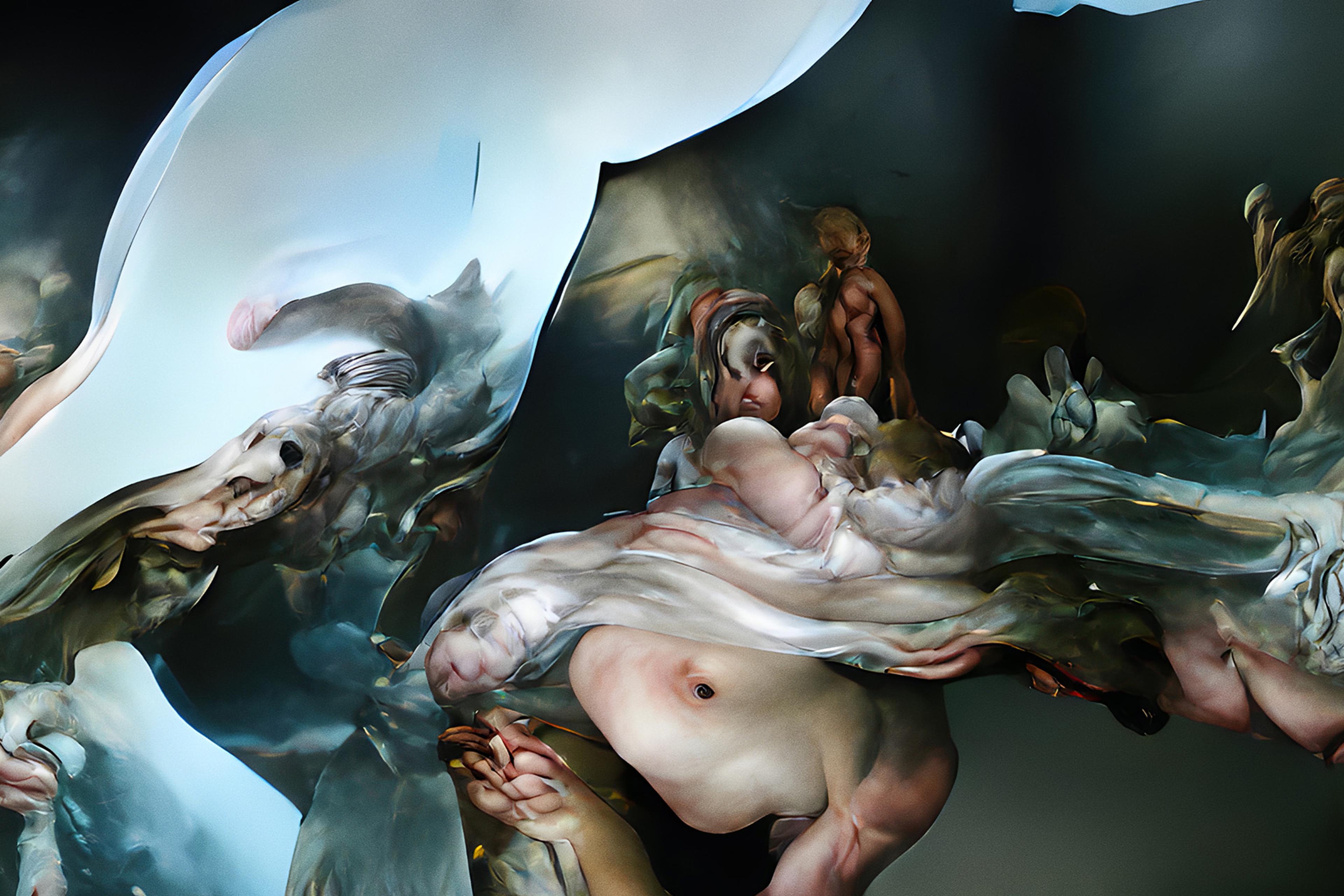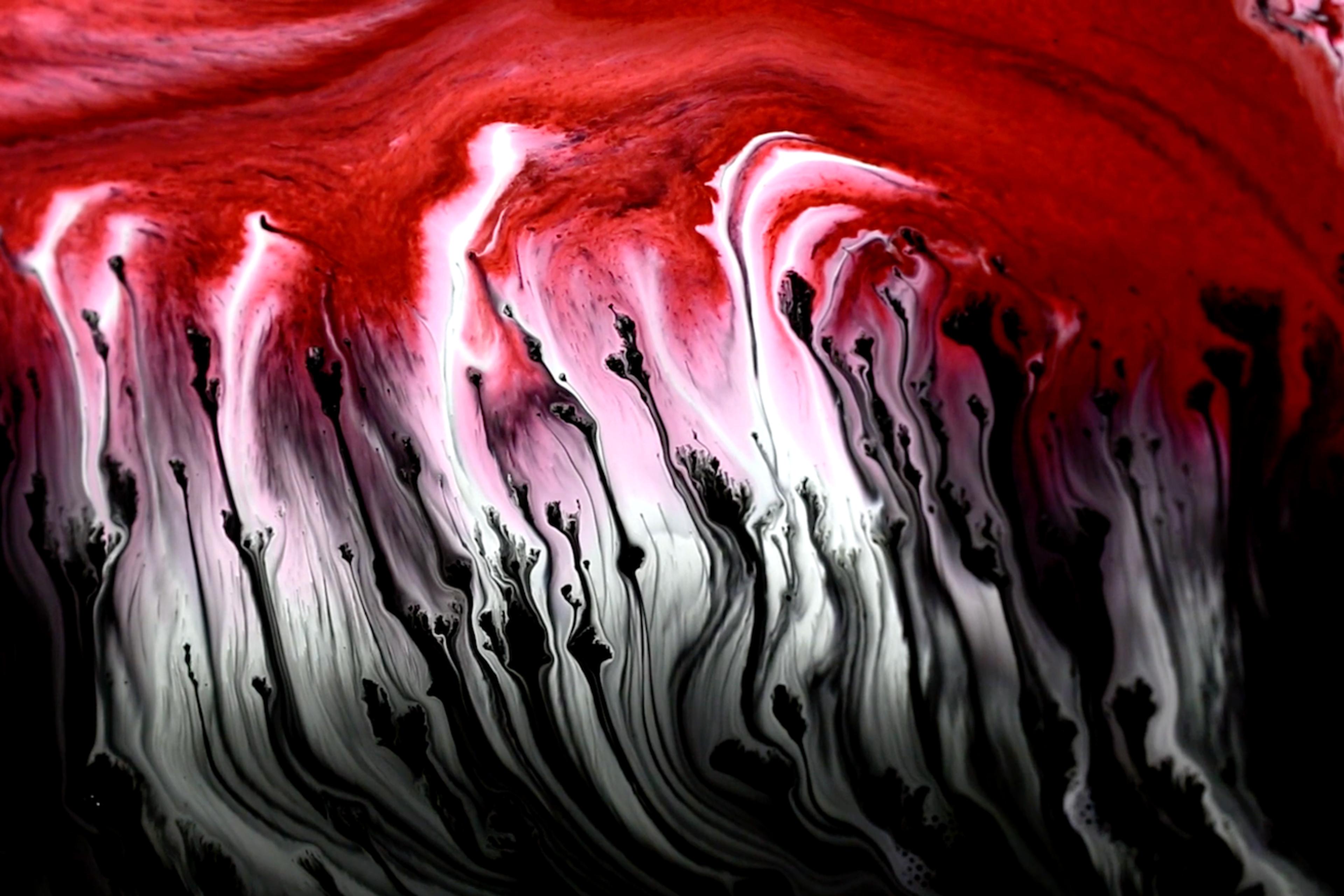While in her early 70s, the English artist Mary Delany (1700-88) noticed a striking resemblance between a red piece of paper sitting on her bedside table and the colour of a geranium. She then cut the paper into the shape of the flower’s petals. When a friend mistook the cut-outs for the petals of a real geranium, Delany was inspired to create even more ambitious and realistic two-dimensional paper works depicting plants. Today, her creations, which she called ‘paper mosaiks’, are seen as forerunners to modern collage.
Inspired by Delany, in her film Algorithms of Beauty, the Belgian director Miléna Trivier takes a novel approach to imitating flowers using a mosaic-making tool of her own time – artificial intelligence. For the project, she built a dataset from Delany’s 985 botanical mosaics. As depicted in the film, the resulting generated imagery took on a life of its own, appearing to transform and even breathe is curious, uncanny ways.
Will we ever be able to ‘render’ the delicate beauty of a flower into existence? Do we create images to escape the flow of time? Algorithms of Beauty is more interested in pondering these questions than answering them. Instead, Trivier, portrayed in the world of the film by the actress Isabelle Dumont, takes us on a philosophical journey into questions of imitation, creation, seeing and beauty. Through this construction, she pulls off an impressive act of creation in her own right, building a work at the nexus of AI and art that offers an original and challenging perspective on the topic.







